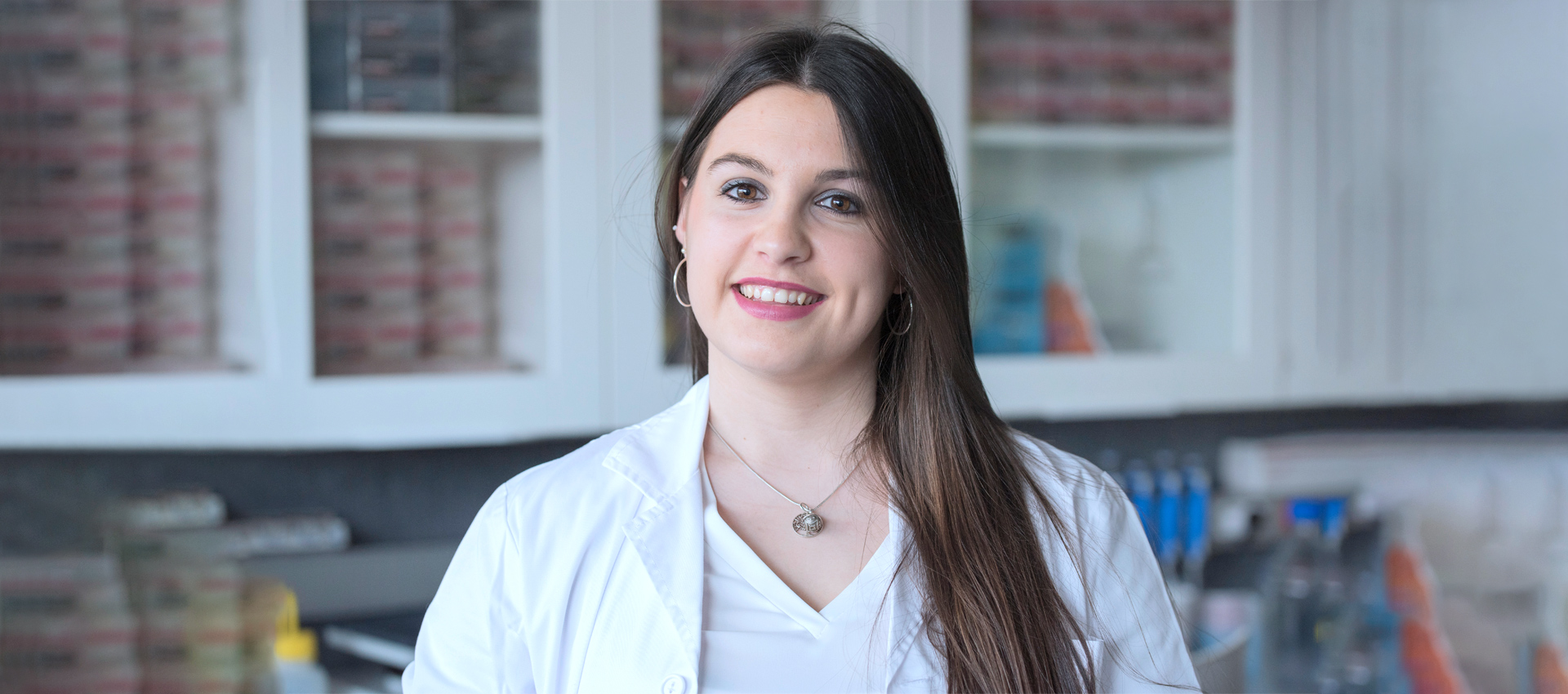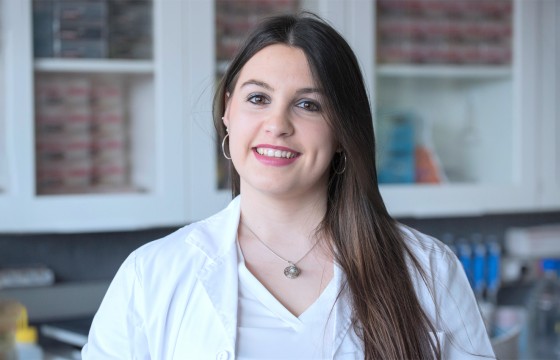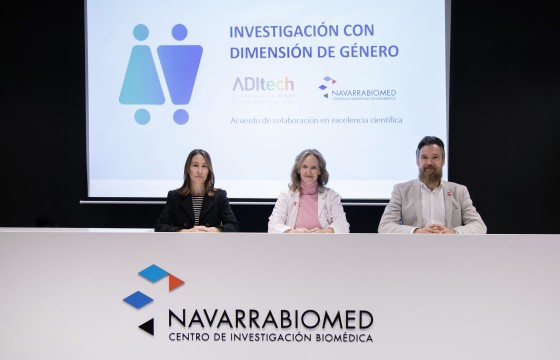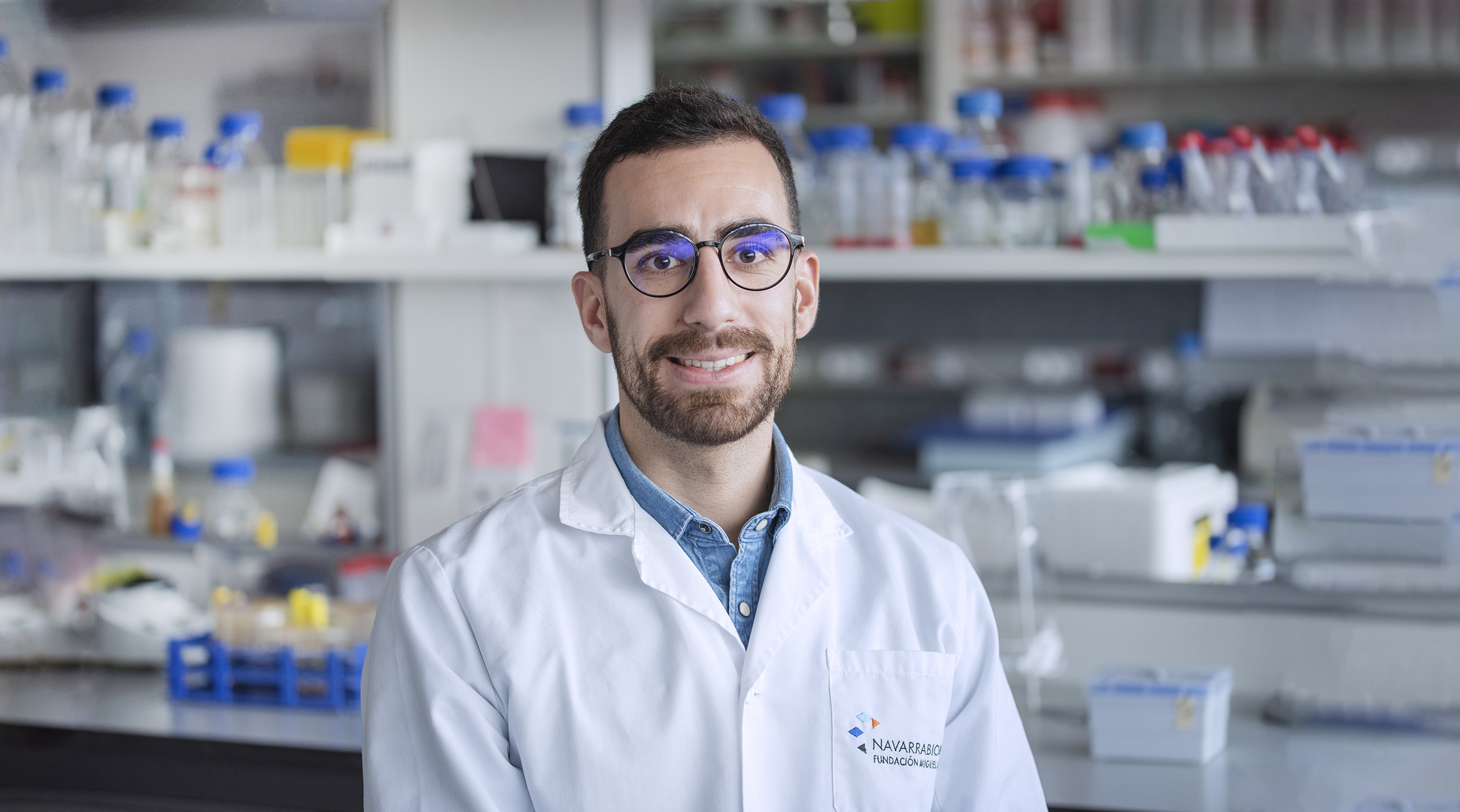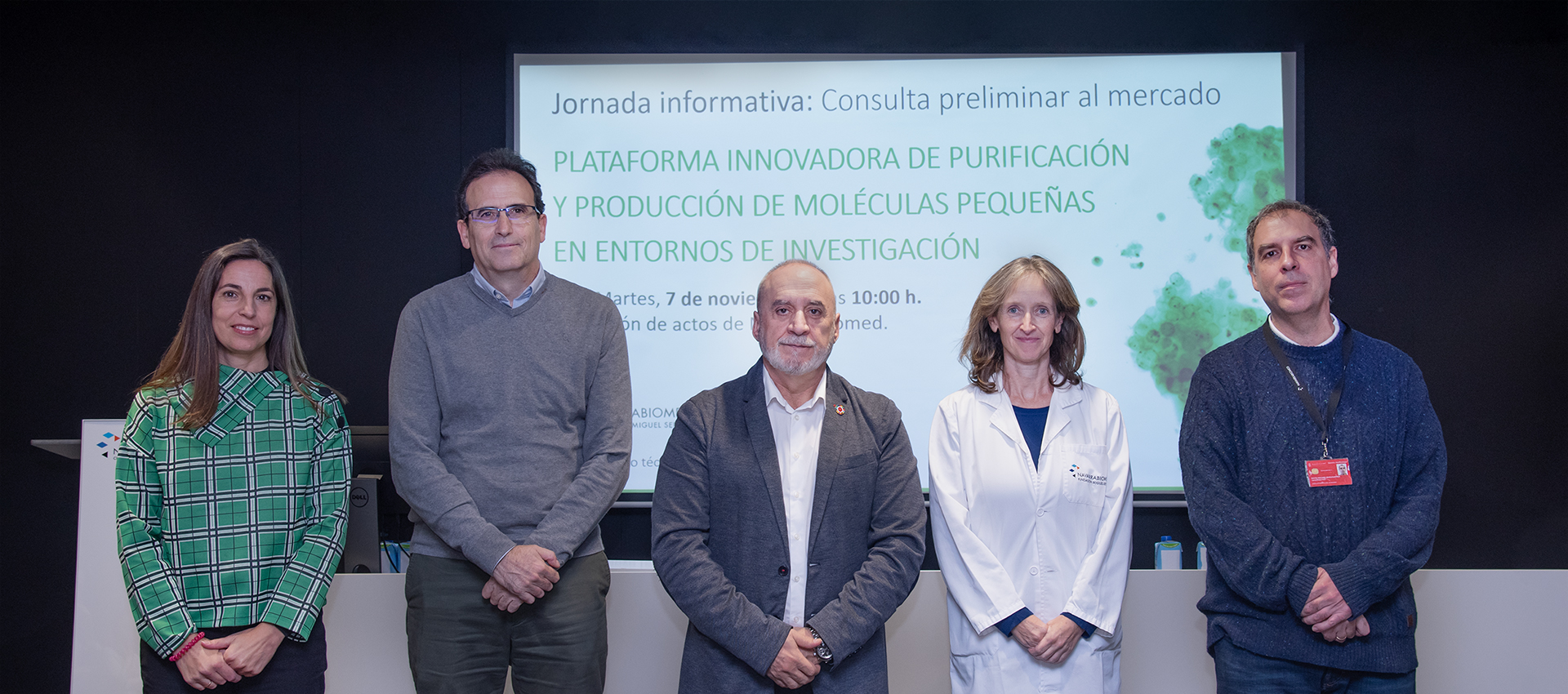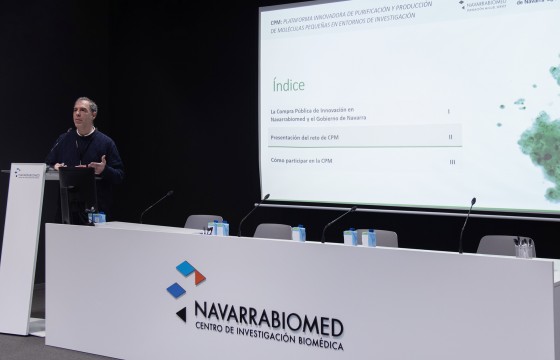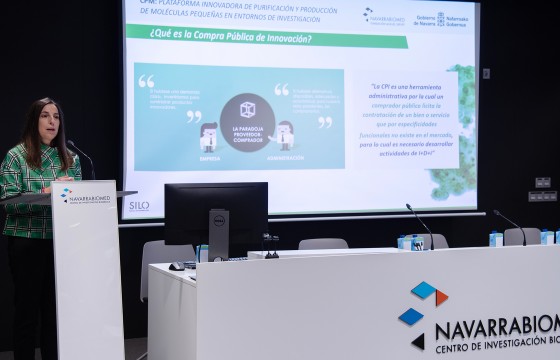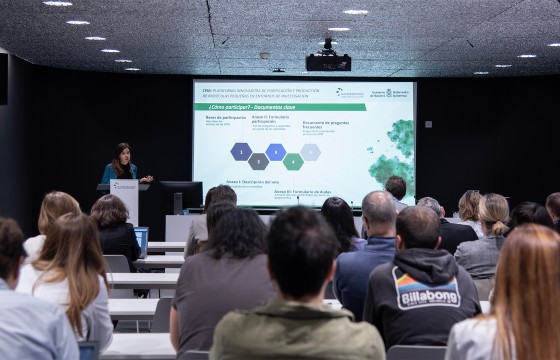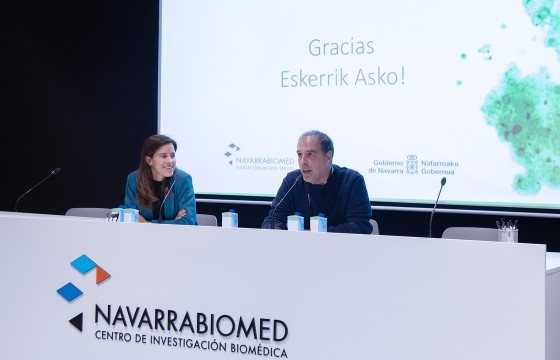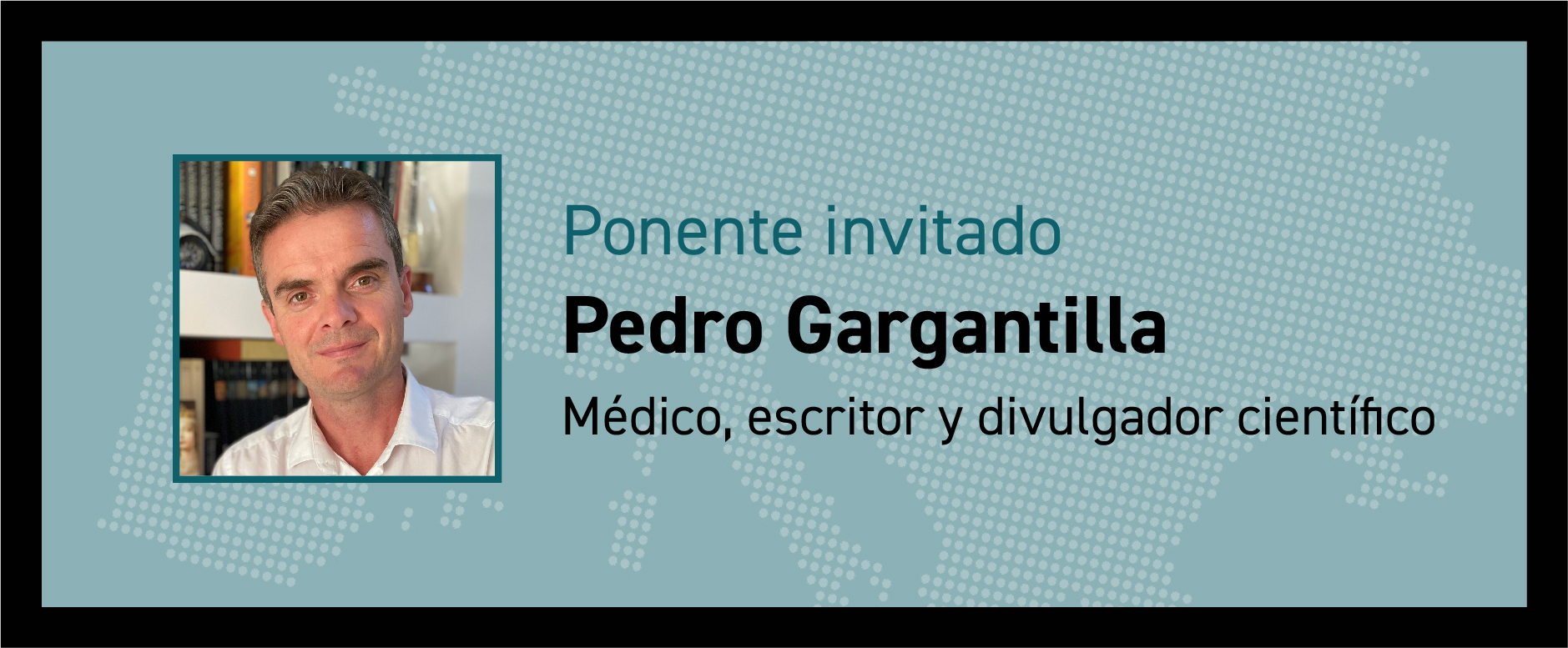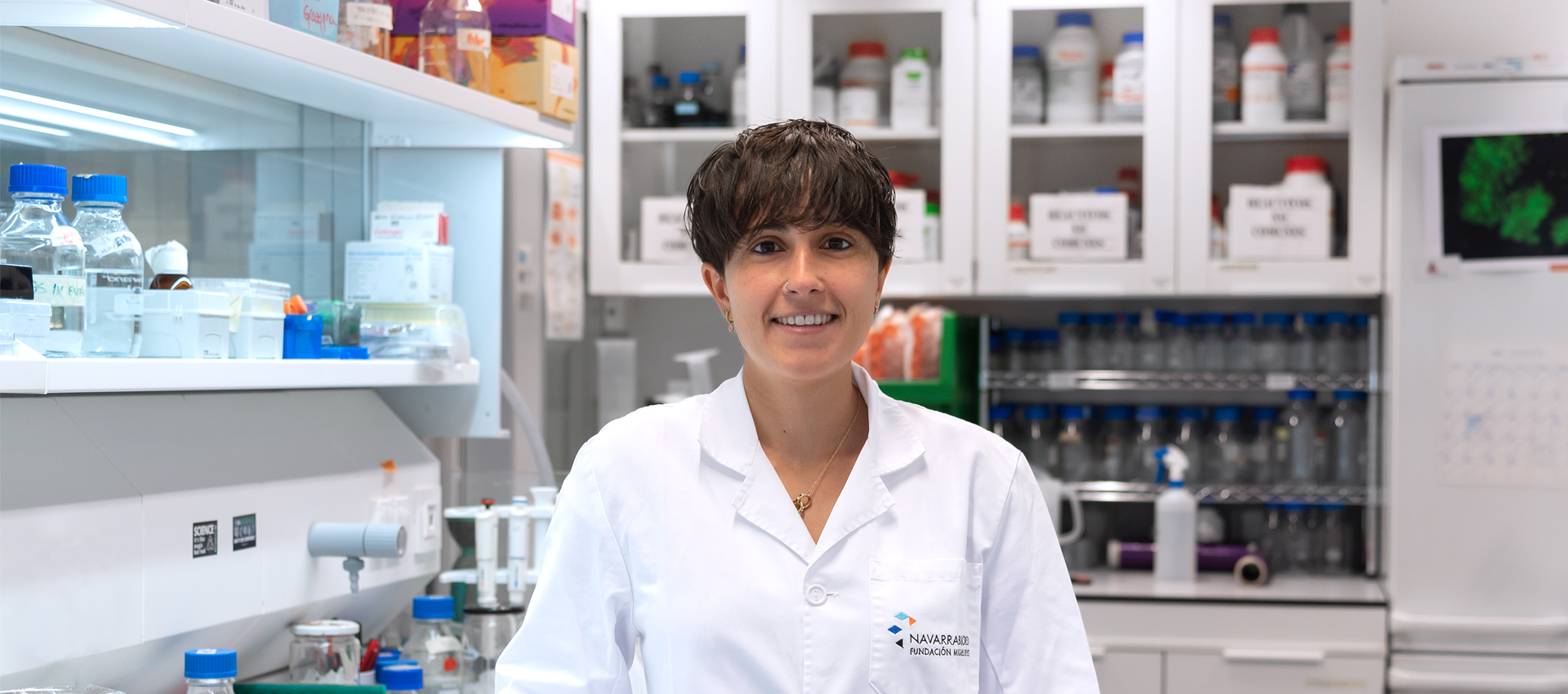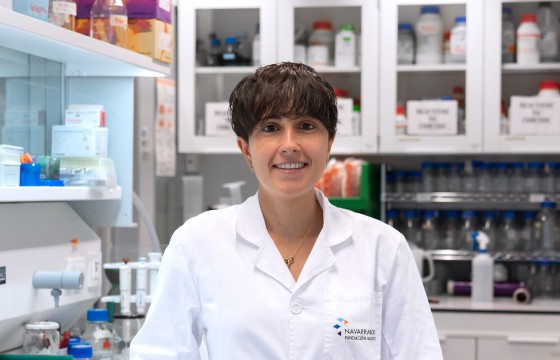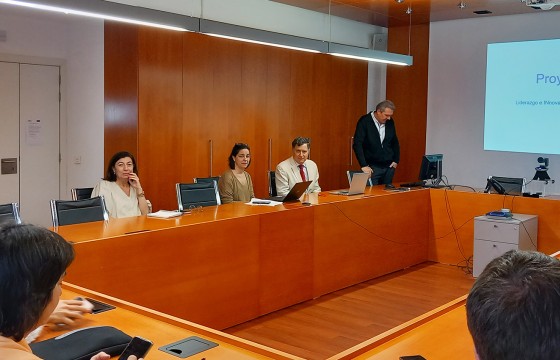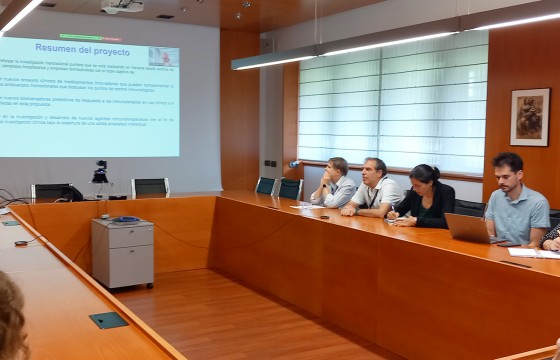- The Government of Navarra and Navarrabiomed - Miguel Servet Foundation have launched the Preliminary Market Consultation, the first phase of the Public Procurement process of Innovation.
The Government of Navarra, through the Department of University, Innovation and Digital Transformation and the Department of Health, and Navarrabiomed – Miguel Servet Foundation held a Preliminary Market Consultation on Tuesday in the auditorium of the research centre where the challenge for the development of an ‘Innovative platform for purification and production of small molecules in research environments’ was announced. This is the first phase for the implementation of a Public Procurement project for Innovation in health in Navarra.
The event, chaired by the Regional Minister of University, Innovation and Digital Transformation, Juan Cruz Cigudosa, and in which the Director General of Health, Antonio López, also participated, has gathered several companies interested in covering the challenge presented. Entities that still want to join the challenge can view the conference and the technical documentation on the Navarrabiomed website. Watch the full video of the conference.
Background in Public Procurement of Innovation (PPI)
The Public Procurement of Innovation (PPI) is a process of promoting innovation aimed at enhancing the demand-driven development of new innovative markets, through the instrument of public procurement. This tool is identified by the European Commission as one of the main methods of technology development and implementation in public administrations, expressly supported by national and supranational programs.
Since the last legislature, the Government of Navarra, through the Innovative Public Procurement Section of the Department of University, Innovation and Digital Transformation, has been seeking to incorporate this methodology into its usual functions, with the aim of meeting the needs of Navarra, improving in the process the public services provided to citizens.
"The Public Procurement of Innovation is a tool to promote the development of innovative solutions from the public sector and integrate the analysis and identification of lines of action to promote and continue taking steps in health. Now, as a preliminary step, we have launched this Preliminary Market Consultation, an instrument that will allow us to establish the maturity level of existing solutions, as well as their capacity and viability,” said Cigudosa during the event.
Details of the technological challenge to be addressed
The Oncoimmunology Unit of Navarrabiomed has detected a need during research whereby those small molecules detected by the study groups and that have been successful in preclinical phases can be tested through clinical trials. This would be achieved through the development of a platform enabling the purification and production of small molecules at the clinical level in sufficient quantity to be able to access clinical research. To do this, the platform must allow the preparations to meet the appropriate characteristics of purity, quality and safety required for approval by the EMA (European Medicines Agency) as a medicine, through minimum contamination protocols (“green” protocols) and with an acceptable quality/price ratio.
Why is this preliminary market consultation (PMC) conducted?
The main aim is to gather information from economic operators, social agents and knowledge brokers, to establish the state of the art and identify and specify the characteristics of possible innovative solutions that best suit the requirements of the challenge posed. This information will be used to prepare the future tender of the platform. The second main objective of the PMC is to inform the market that a tender for this platform will be published in the near future so that interested economic operators can get ready.
Next steps
This PMC is articulated within the framework of the possible application for a Public Procurement of Innovation (PPI) project to the FID line (Fostering Innovation from Demand) of the Ministry of Science and Innovation which will be developed within the framework of the Pluri-regional Operational Program of Spain (POPE) 2021-2027 of the European Regional Development Funds (ERDF).
If the aid is granted, the contracting process for the development of this platform would be carried out in 2024, through a pre-commercial purchase. A type of public procurement in which Navarrabiomed-Miguel Servet Foundation would share with companies the risks and benefits of the research needed to cover the technological challenge posed.
The director of Navarrabiomed Maite Mendioroz has expressed the centre’s strategic interest in the initiative: "Having this platform would mean a great competitive advance for Navarrabiomed's research groups, since it would allow increasing and speeding up the translation of the results of experimental research into clinical trials. Ultimately, it would result in a greater benefit for patients.
Interested entities will have until November 20th, 11:59 pm to submit their proposals and the enquiry period will be open until November 13th, 2023.
Full information about the consultation is available on the Navarra recruitment portal: Navarra Procurement Portal. All information related to the project is available on the Navarrabiomed website, PPI section. Further information: unidad.innovacion.salud@navarra.es
El acceso a toda la información de la consulta está disponible en el portal de contratación de Navarra: Portal de Contratación de Navarra. Toda la información relacionada con el proyecto se encuentra disponible en la página web de Navarrabiomed, sección de CPI. Más información: unidad.innovacion.salud@navarra.es
